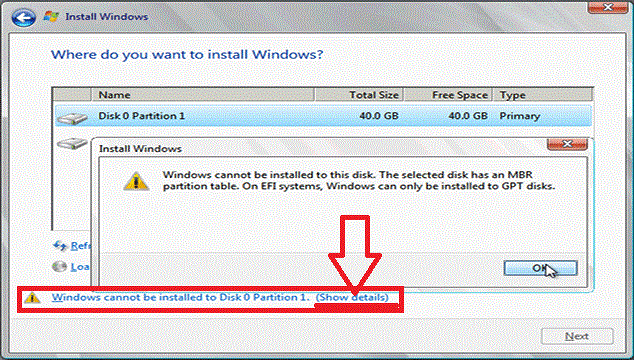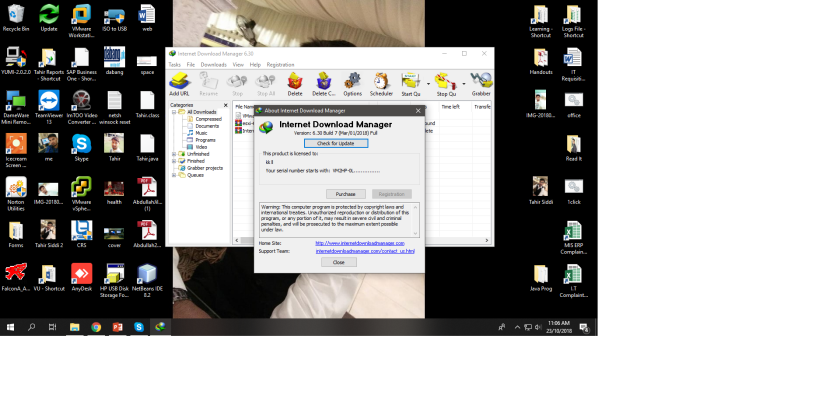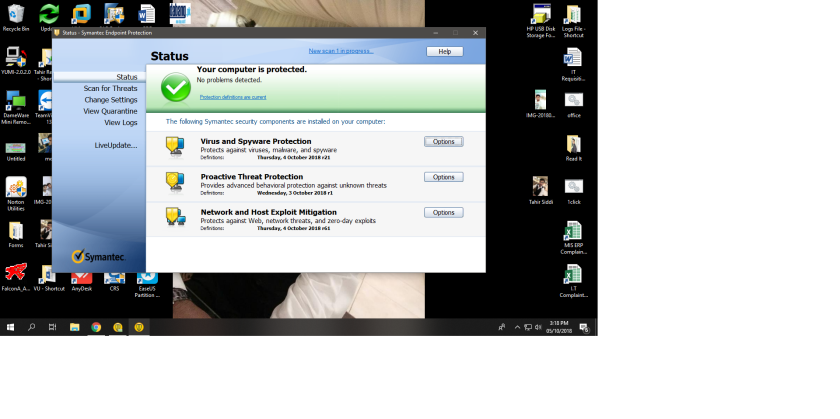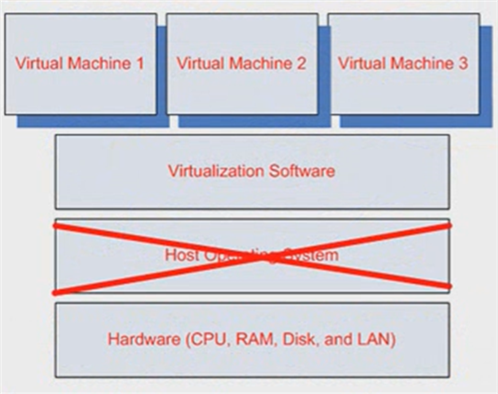Android is an open source mobile operating system with massive user base and simplified mobile app development process. Enterprises are leveraging Android and creating custom mobile apps that solves customer problems and increase value for their business.
This article explains the advantages any enterprise can achieve by imp lamenting Android Application Development.
Android is free and an open platform built on Linux. Android Application Development Company is also an open source solution for mobile devices offering a complete software stack including operating system, middle ware and key mobile applications. User acceptance to Android was very low when it was launched in 2007, as it was still in its early development cycle. But after Google’s acquisition and development efforts, visibility for Android mobile technology grew.

This is the reason why it is competing against Apple and other popular Smartphone operating system. The demand for Android app development grew through its robust offerings with many new android devices.
1. Low Investment & High ROI:
Android comparatively has a low barrier to entry. Android provides freely its Software Development Kit (SDK) to the developer community which minimizes the development and licensing costs. The development costs can be divided into three stages:
Stage#1 — Application development,
Stage#2 –Testing
Stage#3 — Hardware cost for testing and deploying the android mobile application.
2. Open Source:
Get the open source advantage from licensing, royalty-free, and the best technology framework offered by the Android community. The architecture of the Android SDK is open-source which means you can actually interact with the community for the upcoming expansions of android mobile application development. This is what makes the Android platform very attractive for handset manufacturers & wireless operators, which results in a faster development of Android based phones, and better opportunities for developers to earn more. That’s the magic of Android.
3. Easy to Integrate:
Are you looking for complex technical customization and integration of a web application or just a Smartphone application you already have? Yes. Then an android app can be the right solution for you. The entire platform is ready for customization. You can integrate and tweak the mobile app according to your business need. Android is the best mobile platform between the application and processes architecture. Most of the platforms allow background processes helping you to integrate the apps.
4. Multiple Sales Channels:
Unlike other mobile platforms, Android app development Services can be deployed in different ways. You do not have to rely on a single market to distribute your applications. You can use third-party application marketplace (especially in Google Android Market), but you can also form your own distribution and sales channel: applications for vertical markets, to develop new application stores, and also place it on your website. You build it, you publish it. With your choice of promotional strategy, you can reach your end users through multiple channels.
5. Easy Adoption:
Android applications are scripted in Java language with the help of a rich set of libraries. Anyone can build Android applications with the knowledge of Java. According to a recent survey, a lot of Java programmers find it easy to adopt and script code for mobile applications in the Android OS. It is now very beneficial for Java developers to transition the code script into a mobile application, and can also implement android application development services in the app.
for More Articles join my FB Group Click to Follow me in FB
#Mani

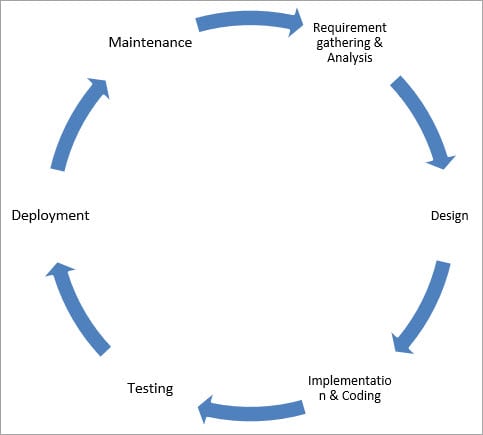
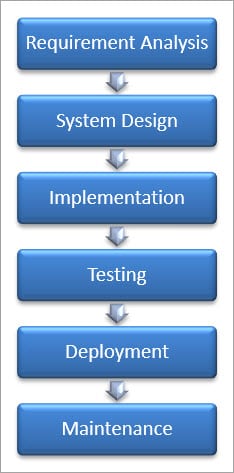 Advantages of the Waterfall Model:
Advantages of the Waterfall Model:
